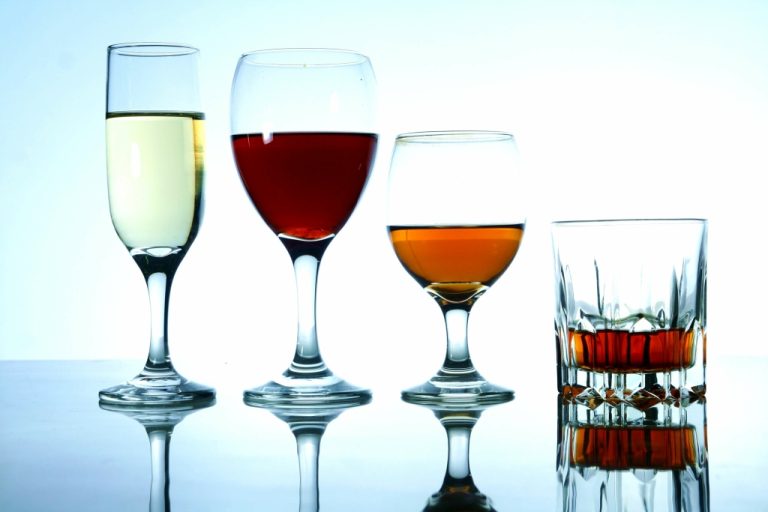While Cymbalta is generally well-tolerated, there are some potential severe side effects that may occur. These include suicidal thoughts, allergic reactions, liver problems, serotonin syndrome, and changes in blood pressure. For treating fibromyalgia in children, the recommended Cymbalta dosage is 30–60 mg once per day. Children with this condition will usually start treatment by taking 30 mg of Cymbalta once per day.
More ways to manage your symptoms
They used increases in these scores to determine when someone in the study had a GAD relapse. Clinical studies have shown Cymbalta to be effective for treating depression. To learn more about MDD, visit our depression and mental health hubs. If you and your doctor determine that Cymbalta is safe and effective for you, you’ll likely take it long term. To help make sure you don’t miss a dose, try using a medication reminder.
What is Cymbalta’s dosage?
- Based on how the drug works, some people find Cymbalta to be “activating” and makes them feel energized.
- In studies, weight gain wasn’t reported as a side effect.
- Xanax has interactions with alcohol, some other drugs, and certain supplements.
- This means it can affect the levels of other drugs that are also broken down by this enzyme.
- Additionally, there are over 500 drugs that can interact with Cymbalta, and these include the commonly used aspirin, Xanax, Vitamin B12, tramadol, gabapentin, and Adderall.
But if they become more severe or don’t go away, talk with your doctor or pharmacist. Cymbalta is a prescription medication that’s FDA-approved to treat several conditions. If you drink alcohol, talk with your doctor about whether it’s safe for you to do so while taking Cymbalta. You can also ask them how much alcohol is safe for you to drink. If you’ve had an allergic reaction to Cymbalta or any of its ingredients, you shouldn’t take Cymbalta.
Cymbalta and Alcohol interactions
We follow strict content creation guidelines to ensure accurate medical information. However, this content is for informational purposes only and not a substitute for professional medical advice, diagnosis, or treatment. Remember, your doctor is there alcohols effects on the brain to help guide your treatment decisions and ensure your overall health and well-being. Open communication is key to a successful and safe treatment experience with Cymbalta. When taking Cymbalta, there are some common side effects that may occur.
If you have diabetes, Cymbalta may make it more difficult to manage your blood sugar levels. Before taking Cymbalta, talk with your doctor about a plan for managing your blood sugar levels. If you develop any of the above symptoms, get emergency medical care right away. To help prevent this side effect, talk with your doctor about any liver problems you’ve had. It’s also important to be honest about your alcohol consumption.
If you have mild symptoms of an allergic reaction, such as a mild rash, call your doctor right away. To manage symptoms, they may suggest an over-the-counter antihistamine you take by mouth, such as Benadryl (diphenhydramine). Or they may recommend a product you apply to your skin, such as hydrocortisone cream. Other side effects are more likely to continue for as long as you’re taking the drug. Examples include sweating more than usual and sexual side effects. Drugs.com provides accurate and independent information on more than 24,000 prescription drugs, over-the-counter medicines and natural products.
Cymbalta is a brand name for the drug duloxetine, a serotonin-norepinephrine reuptake inhibitor (SNRI). SNRIs help boost the action of brain messenger chemicals called serotonin and norepinephrine. It is important to discuss with your healthcare provider or pharmacist whether the brand-name Cymbalta or a generic version is appropriate for your specific needs. When taking Cymbalta, it is important to follow your doctor’s instructions carefully. Abruptly stopping or adjusting the dose can have potentially harmful effects.
You should avoid driving until you know how Cymbalta will affect you. For example, blurry vision was a common side effect in studies of Cymbalta. Other eye-related side effects were less common in studies, can you overdose on dmt such as double vision and dry eyes. Most side effects of Cymbalta typically get better or go away within hours or days of taking the drug. But some rare side effects of Cymbalta might last longer.
Cymbalta, also known as duloxetine, is commonly prescribed for managing generalized anxiety disorder (GAD). These neurotransmitters play a role in regulating mood and anxiety. It is important to continue taking Cymbalta as directed, genetics of alcohol use disorder national institute on alcohol abuse and alcoholism niaaa even if improvements are not immediately noticeable. It may take a few weeks for the full effects of the medication to be felt. Individual response and tolerability may determine if a dosage adjustment is necessary.
But some other drugs used to treat mental health conditions, such as fluvoxamine and bupropion (Wellbutrin), may cause hair loss. Also, some of the medications may be prescribed off-label for treating these conditions. “Off label” use is when a medication is prescribed for a condition that it isn’t approved to treat.



